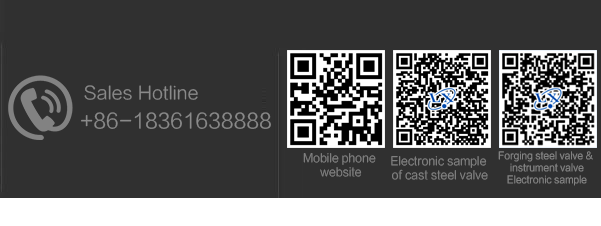Features and selection of various valve actuators
Valve drive mode
According to the movement mode of the driving mechanism, the valve drive device is divided into two types: straight travel and angular travel.
Valve actuators are divided into:
1. Diaphragm type
2. Cylinder type
(1) Piston-cylinder type
(2) Piston rack type
(3) Piston-connecting rod type
(4) Piston pull-out type
(5) Piston-screw type
3. Vane type
4. Air-engine type
5. Combination of film and ratchet
Hydraulic Cylinder Hydraulic Motor Linkage Drive Electro-hydraulic Linkage
Valve drive mode
Manual drive handle Handwheel type (including deceleration via intermediate gear), spring lever type, electric drive, electromagnetic, electric, pneumatic drive
Characteristics of various valve actuators
Advantages of electric devices
1. Strong applicability, not affected by ambient temperature
2. Wide range of output torque
3. Convenient control, free use of DC, AC, short wave, pulse and other signals, suitable for amplification, memory, logical judgment and calculation, etc.
4. Miniaturization
5. Mechanical self-locking
6. Easy installation
7. Easy maintenance and repair
Disadvantages of electric devices
1. Complex structure
2. Low mechanical efficiency, generally only 25%~60%
3. Output speed should not be too low or too high
4. Vulnerable to changes in supply voltage and frequency
Advantages of Hydraulic Devices
1. Simple structure, compact and small size
2. High output force
3. Easy access to low or high speed, infinitely variable speed
4. Remote automatic control
5. High efficiency due to the viscosity of hydraulic oil, self-lubricating and rust-proof performance
shortcoming
1. Change of oil viscosity due to change of oil temperature
2. Leakage of hydraulic components and pipes
3. escort, inconvenient maintenance
4. Not suitable for various calculations on signals
Advantages of pneumatic devices
1. Simple structure
2. Easy to obtain air supply
3. Higher switching speed can be obtained
4. Governor can be installed to adjust switch speed as required
5. High gas compressibility and elasticity when closed
shortcoming
1. Compared with the hydraulic device, the structure is larger and it is not suitable for the valve with large diameter and high pressure.
2. The speed is not uniform due to the compressibility of gas.
Selection of valve driving mode
Valve actuation options are based on:
Form, specification and structure of valves.
Opening and closing torque (line pressure, maximum differential pressure of valve), thrust force of valve.
Maximum ambient temperature and fluid problems.
How and how many times to use it.
Opening and closing speed and time.
Stem diameter, pitch, direction of rotation.
Connection mode.
Power source parameters: electric supply voltage, phase number, frequency; pneumatic supply pressure; hydraulic supply pressure.
Special considerations: low temperature, corrosion protection, explosion protection, waterproof, fire protection, radiation protection, etc.
 TEL:+86-515-87214888
TEL:+86-515-87214888  EMAIL:fnjslxfy@163.com
EMAIL:fnjslxfy@163.com 






